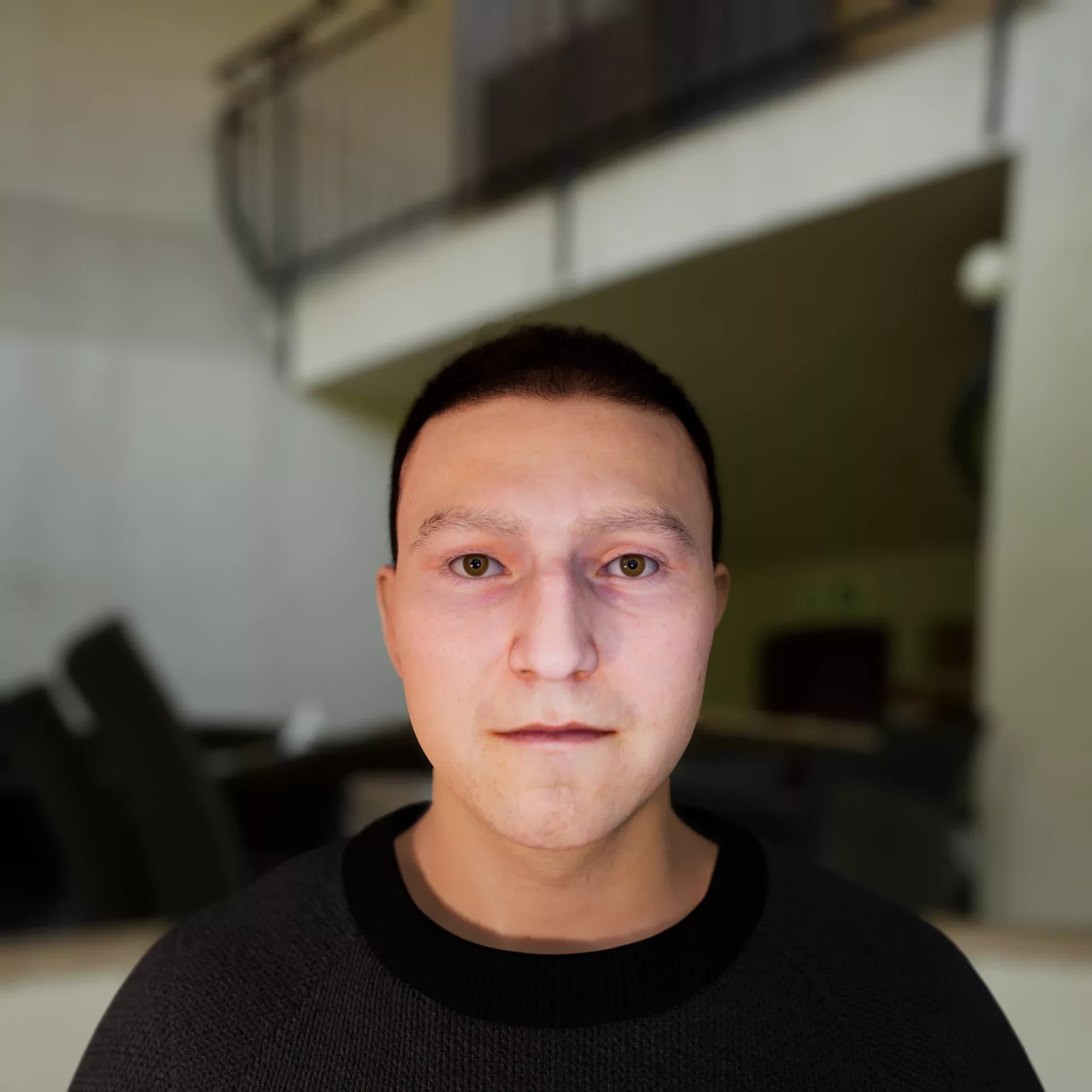With trillions of dollars stolen every year by sophisticated fraudsters, HSBC is launching a global fraud prevention campaign, created by VML, to educate the public about the tactics fraudsters use to scam them.
Meet the Faces of Fraud
AI helps reveal scam tactics of real fraudsters in ground-breaking fraud prevention campaign for HSBC
Client
- HSBC
Office
- London
Digital humans constructed from voice recordings of real fraudsters reveal scam tactics in ground-breaking HSBC global fraud prevention campaign from Wunderman Thompson.



Bas Korsten
Global Chief Creative Officer
Fraud is a growing problem, with global losses from payment fraud expected to hit £40.6 billion by 2027, a 25% increase from 2020 levels. With trillions of dollars stolen every year by sophisticated fraudsters, HSBC wanted to educate the public about the tactics fraudsters use to scam them.
Fraudsters hide behind pedestrian texts, phone calls and fake websites. So, we don’t dwell on the danger of fraud that much because the threat isn’t obvious. By giving fraud a face, we wanted people to connect to this very real crime in a memorable way and take some of the power away from these criminals who hide in the shadows. Digital humans with their slightly disturbing and uncanny realness seemed tailor made to bring these ‘fake’ people to life.
In a world’s first, ‘The Faces of Fraud’ campaign uses a pioneering AI that can identify characteristics, such as gender, ethnicity, weight and age to predict what a fraudster’s face might look like based on voice data.
Working together with Carnegie Mellon University, actual voice recording of fraudsters were used to generate face composites that predict facial features based on the speaker’s unique ‘audible DNA’. The predicted faces of the fraudsters informed the creation of various digital humans using Epic Game’s Unreal engine creation platform ‘Metahumans’. We then brought these digital ‘fraudsters’ to life using motion capture.
The ‘faces of fraud’ share their fraud tricks with the public in a series of on-line tutorials which finally put a face to a faceless crime, from romance to investment fraud.


